In photography,
the obvious way of isolating the subject from the visual jumble which
is the world around us is the camera frame. The success of the image
most often depends upon how well we can identify what the subject is
and contain it within the perimeter of the frame.
Consider
that the camera frame has its own dimensions dictated by the format
you decide to use.
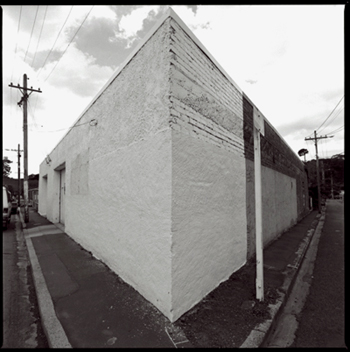
|
|
Square
Apart
from 6x6cm all other camera formats are rectangular - which means
one side is longer than the other.
|

|
|
Landscape Format
Rectangular
formats offer either a horizontal reference landscape format
- or a portrait format
The landscape format is so named because it tended to suit the natural design of most landscapes.
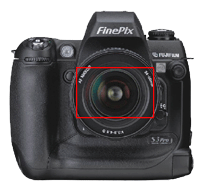 |
From the invention of photography, most cameras are manufactured in a manner with this format orientated as the "natural" format and so most photographs are taken with this landscape or horizontal format. This relates to the human vision as horizontal that was mentioned earlier. |
|
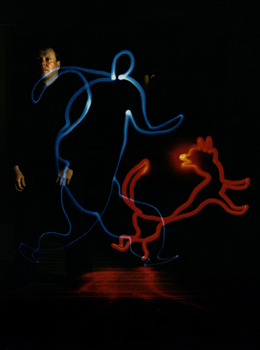 |
|
Portrait Format
However, to take a vertical or portrait format image the camera had to be deliberately rotated 90°, consequently there are fewer images taken with this orientation.
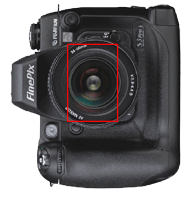 |
The portrait format is so named because it tended to suit the natural design of most head and shoulder portraits. |
|
Each has
its own reference points and particular visual dynamic.
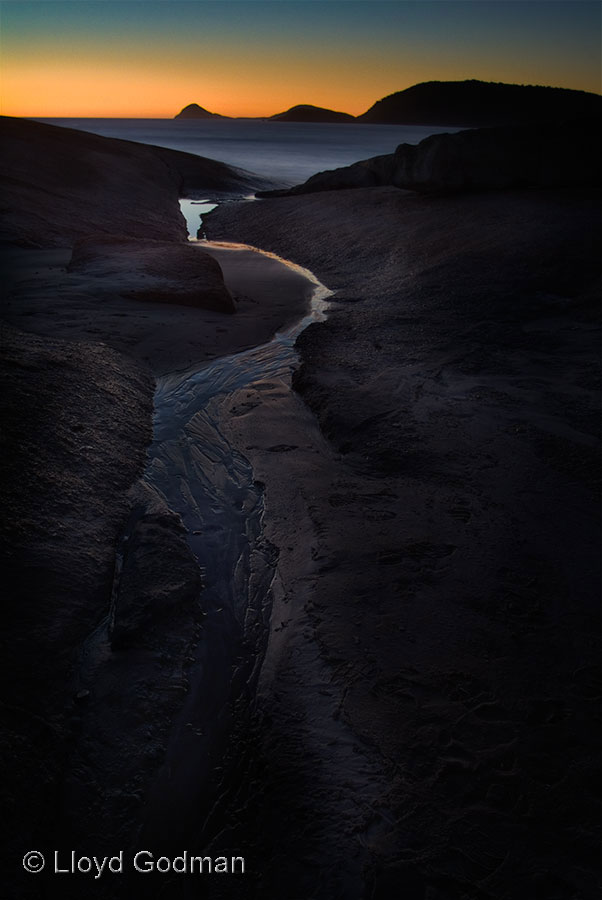 |
However this does not mean that all landscape scenes should be photographed with a landscape format.
In fact many landscapes taken with a portrait format have a greater visual dynamic, for insctance in this image the vertical line of the stream is visually exentuated by the use of the protrait format. |
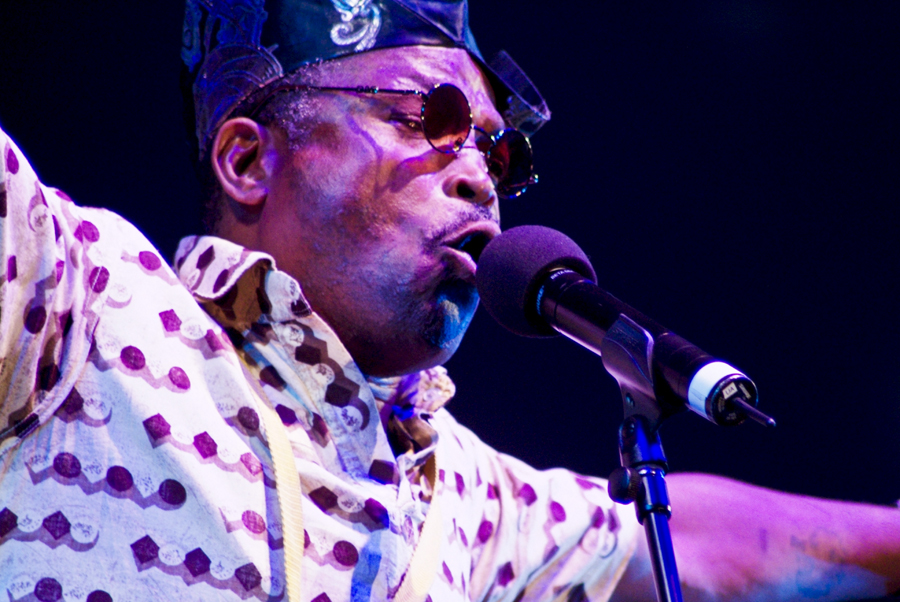 |
Similarly, many graet protraits are take with a landscape format. |
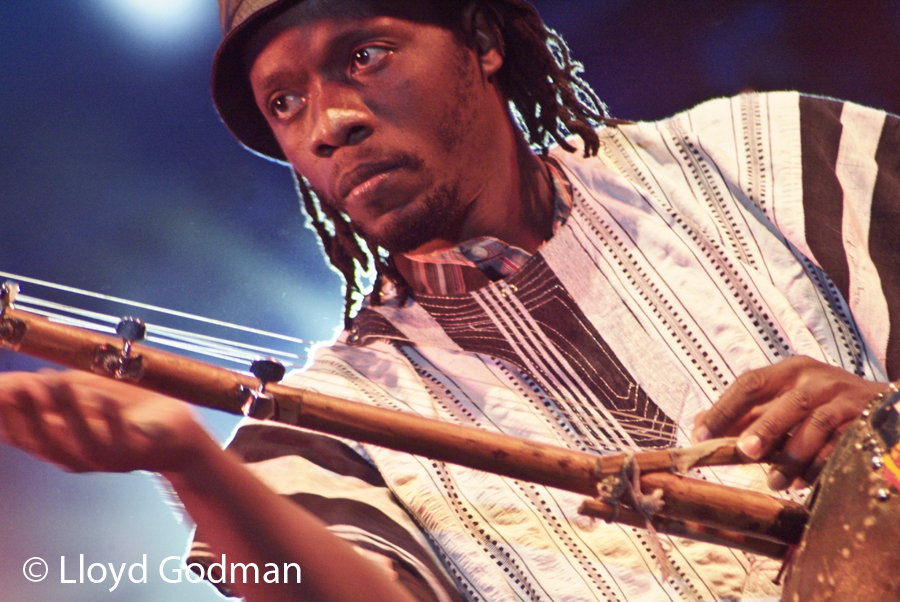
Further to this the camera does not have to be orientaed on either a vertical or horizontal axis. However images taken with this visual dynamic are most often later orientated as either vertical or horizontal in their presentation.
I often use this framing technique when shooting at music concerts to add a greater dynamic to the image and alo shoot through the heads of the crowd.
|
|